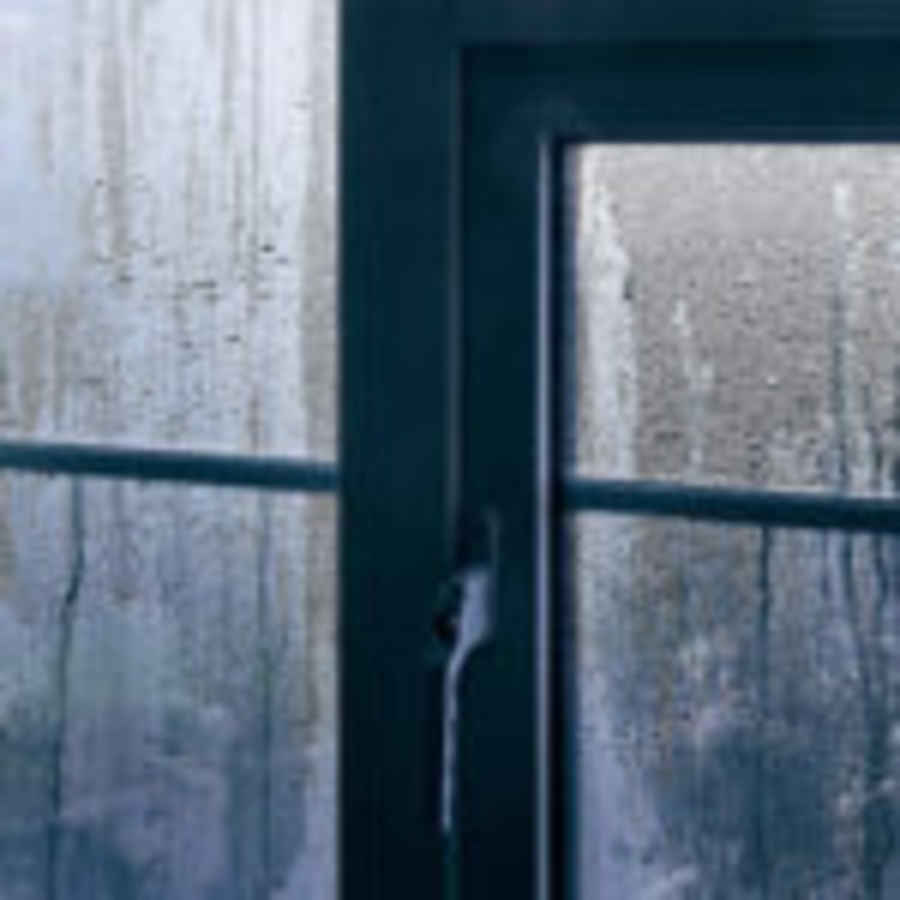When it comes to anti mould paint it is not uncommon to have a few reservations. The first main reservation is whether or not it works and the second is a question of safety.
Many people hear a term like biocide and are dissuaded because of the inherently artificial and dangerous connotations such a word brings to mind. And, even though anti mould paints do include biocides they are as easy to apply and as safe to use as regular emulsion paint.
In this guide we’ll look at exactly what ingredients you’ll find in anti mould paints, look at their possible side effects and discuss what results you can expect in terms of their effectiveness.
What is in Anti Mould Paint and is it Safe?
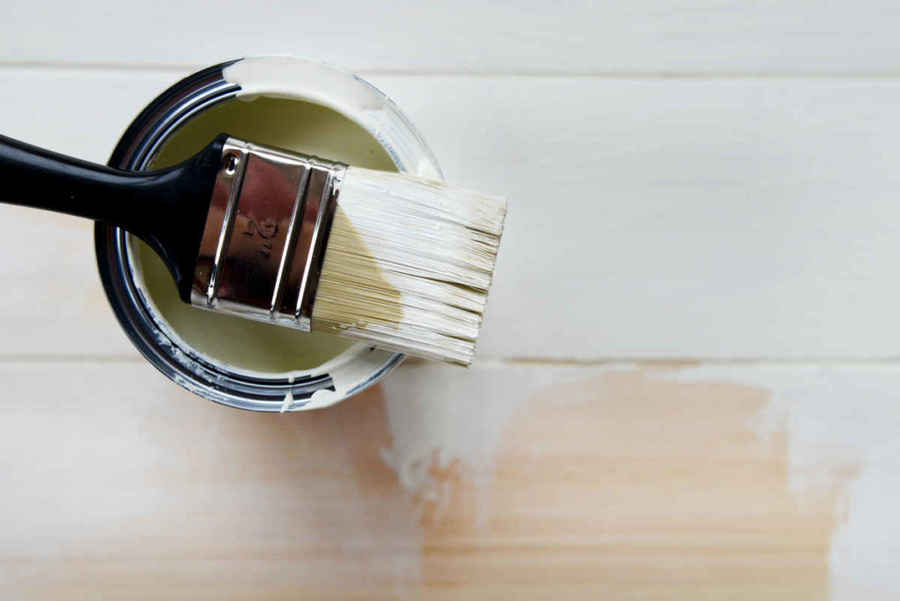
Whilst the ingredients vary somewhat from manufacturer to manufacturer one of the most commonly used mould fighting ingredients is a chemical called benzisothiazolone.
This chemical features two modes of action that makes it the ideal choice for use in anti-mould paints; it is both a microbicide and a fungicide. These components might sound like they belong in farming products however they are used in a surprisingly wide range of products within the home.
But What Are They? And, How Do They Work?
1) Microbicide
In essence, microbicides are designed to target microbes such as bacteria and viruses to not only destroy them but also inhibit their growth.
In bathrooms, one of the most common bacteria a microbicide would eliminate is serratia marcescens. This pink bacteria breeds as patches of pink slime and usually grows on your shower curtain, bathroom ceiling and/or walls. You’ll also often find it developing in the grout between your tiles.
2) Fungicides
As the name implies fungicides kill fungi and their spores. It is a type of biocidal chemical compound and is the component of benzisothiazolone that tackles black mould growth. It also helps prevent its growth thanks to its fungistatic, or mould growth-inhibiting, properties.
Are These Components Dangerous?
As with any chemical compound, certain sensible precautions should be taken and benzisothiazolone is only really dangerous if consumed.
However, it does have some known side effects and produces an allergic reaction in certain individuals. The effects can include irritation of the eyes and skin and the most severe of which is allergic contact dermatitis (ACD).
ACD is a form of dermatitis that occurs as an allergic response that occurs when an individual comes into contact with a substance and is very similar to irritant contact dermatitis. The symptoms can range from an irritating rash or red, sore skin to small blisters or thickening of the skin.
However, once contact with the allergen has been removed the symptoms generally begin to subside and will only re-present themselves if the allergen is introduced again.
Should I Be Worried?

The possible side-effects might seem like scary stuff. But, this only occurs in fringe cases and use of benzisothiazolone is very common within lots of products you’ll find in the home.
It can be found in everything from detergents and stain removers to fabric softeners and inks. Not only this but you’ll also find benzisothiazolone in paints which do not explicitly list any kind of anti-mould mechanism. In fact, you’ll find it in around 20% of all emulsion paints.
As you can see, the chances are you’ve already come into contact with benzisothiazolone because of its widespread use within a number of products. The good news is it is used in such low quantities (usually 200-400 parts per million) that the level of exposure is so low it is insufficient to trigger an allergic response in virtually all people.
Does Anti Mould Paint Work?
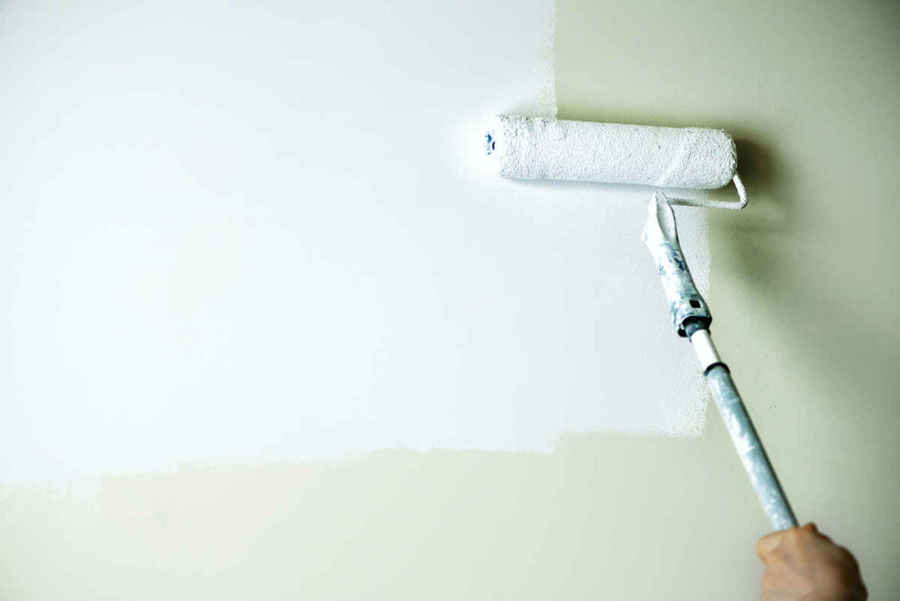
Measuring the effectiveness of anti-mould paint is, in part, a management of your expectations.
Firstly, anti-mould paints do work and, in many cases, will keep mould firmly at bay. However, if your bathroom is regularly drenched in condensation from heavy showers every day and is not properly ventilated, or dried the effectiveness will decline, as expected.
Secondly, biocides degrade over time and won’t remain effective forever. In response to this many manufacturers typically provide a 5-6 year guarantee on the effectiveness of the biocides within their products. This means, in order to remain effective, anti-mould paints must be reapplied every 5 years or so.
In short, you can expect mould paints to work, however, they are not a magic cure. And, if you keep your expectations inline with the results you can realistically expect you shouldn’t be disappointed.
Recommended Anti-Mould Paint
- Up to 6 years of mould protection
- Quick drying
- Moisture and steam resistant
- Ultimate Mould Protection: Polar White Anti Mould paint prevents mould from penetrating...
- Long-Lasting Mould Resistance for High-Humidity Areas: Polar Anti-Mould matt white paint...
- Prepare Surfaces Effectively for Lasting Paint Performance: Ready for use on interior...
- Adds mould-resistance to paints, wallpaper pastes and grouts
- Compatible with all types of paint (emulsion, vinyl, silk or matt)
- Lasts for up to 5 years: prevents the recurrence of black mould
Prices & information last updated on 2025-07-16
Is Anti Mould Paint The Same as Anti Condensation Paint?
The line between an anti-mould and anti-condensation paints is somewhat blurred. Many anti-mould paints feature some water repellent properties and conversely, some anti-condensation paints will be impregnated with a fungicide or biocide.
However, the effectiveness of each will vary. For example, Dulux’s MouldTec paints feature some degree of water resistance in that it repels steam and some moisture. But, because it is water-based it won’t be fully water-resistant.
Many ‘true’ anti-condensation paints are usually oil or latex-based. As such, they provide superior water resistance but are not so heavily targetted towards preventing mould growth.
Can You Wallpaper Over Anti Mould Paint?
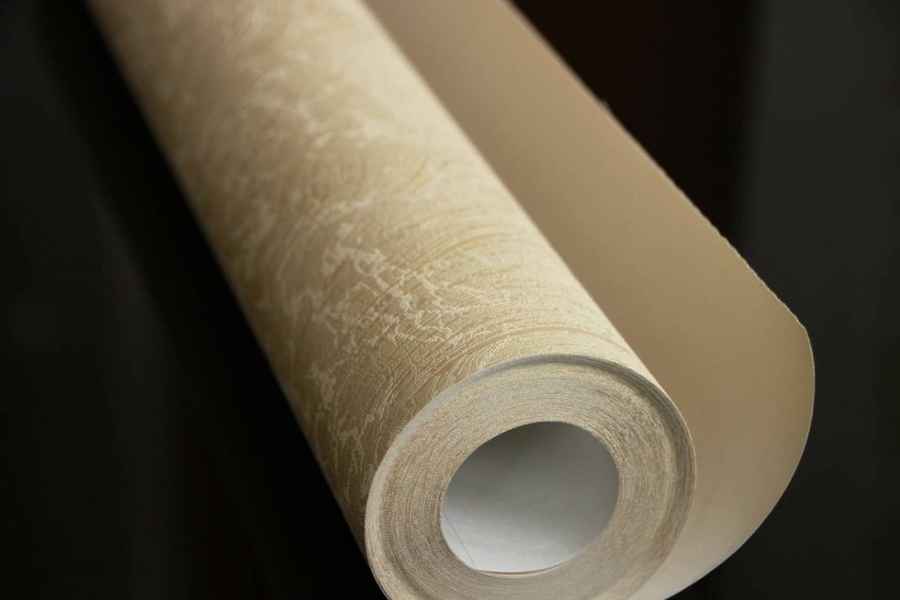
This is a common question when it comes to anti-mould paints and whilst you can wallpaper over them it will obviously hinder the efficiency of the paint. You should also ensure the wallpaper you choose has some kind of fungicidal treatment.
It is worth noting that the wallpaper itself will absorb a level of moisture and keep this trapped against the wall for longer than water which deposits on a painted surface. This will increase the chances of mould growing. Generally, its a good idea not to wallpaper areas of your home that generate a lot of moisture such as your kitchen or bathroom.
Can You Paint Over Mould With Anti-Mould Paints?
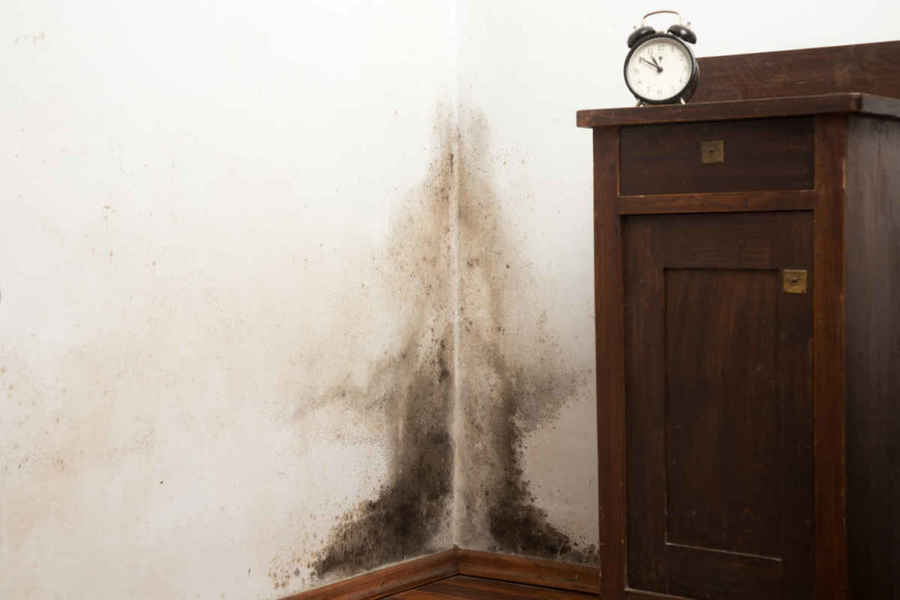
Painting over mould might seem like the ideal quick fix. But, mould growth differs from stains and marks, which can be covered by paint, in several key ways.
1) Mould is Not a Stain
The first is that mould is a living organism. As such it is not static, it continues to grow. Mould will have no problem growing under and through your fresh coat of paint. Paint might cover it for a short time, but it does not deal with the root of the problem.
2) Your Paint Surface Isn’t Ideal
Secondly, more severe mould growth is not flat and often has a slimy, bumpy surface. This will make it more difficult for the paint to not only adhere but also to dry evenly. The end result will look quite shoddy and not be hard-wearing.
3) Only Fungistatic
Thirdly; and, this is sometimes a point of confusion, many anti-mould paints are fungistatic (IE prevents fungus growth), but do not kill mould. In which case applying anti-mould paint will have no effect on the existing mould coverage.
4) You Might Be Covering a More Severe Problem
Lastly; you need to determine the source of the mould. In many cases, this is due to excess humidity within the home. However, it could be due to a structural defect, such as penetrating damp. In which case the core issue needs to be solved and no amount of paint will fix the problem.
How to Prevent Mould Coming Back
To truly deal with a humidity based mould problem you need to ensure your home does not provide the ideal conditions for its growth. Lack of airflow and high moisture build-up within the home are two of the main causes that need to be mitigated.
A lot of the time we are the cause of high humidity within our homes. And this becomes compounded during the winter when the moisture we create cooking, bathing, and even breathing becomes trapped within our homes. This condenses to leave moisture on our walls, ceilings and windows. Creating the ideal breeding conditions for bacteria and mould.
Fortunately, the remedies for this is quite easy and simply opening the bathroom window after showering, using the extractor fan in your kitchen or buying a dehumidifier will help remove the trapped moisture, improve airflow and help inhibit mould growth. (We cover these tips in more detail here.)
If you’re unsure of the humidity within your home purchasing a cheap hygrometer will help you determine if there is a risk of mould growth. As a general rule, you should try to keep the relative humidity within your home at around the 50-55% mark. Any higher than 60% and mould can grow.
Conclusion
When anti-mould paint is used in conjunction with a few simple aeration tips mould will have a hard time growing in your home. It can be applied just like regular paint and costs about the same too.
So, if your bathroom ceiling or kitchen walls are beginning to show the telltale signs of black mould, anti-mould paint might just be the help you need.
This Weeks Most Popular Anti-Mould Paint
- Up to 6 years of mould protection
- Quick drying
- Moisture and steam resistant
- Ultimate Mould Protection: Polar White Anti Mould paint prevents mould from penetrating...
- Long-Lasting Mould Resistance for High-Humidity Areas: Polar Anti-Mould matt white paint...
- Prepare Surfaces Effectively for Lasting Paint Performance: Ready for use on interior...
- Adds mould-resistance to paints, wallpaper pastes and grouts
- Compatible with all types of paint (emulsion, vinyl, silk or matt)
- Lasts for up to 5 years: prevents the recurrence of black mould
Prices & information last updated on 2025-07-16





